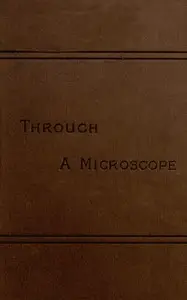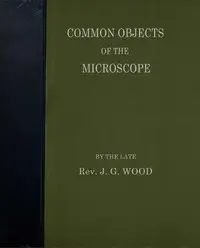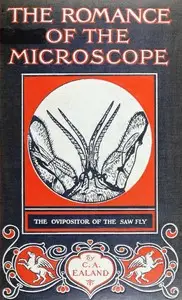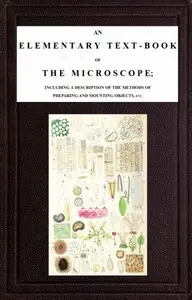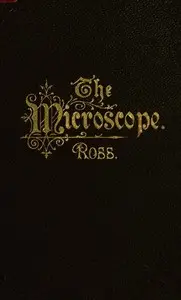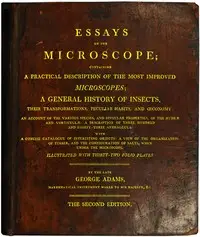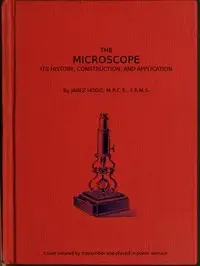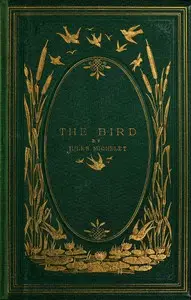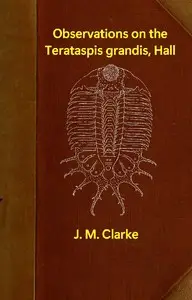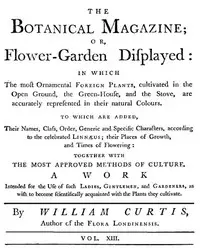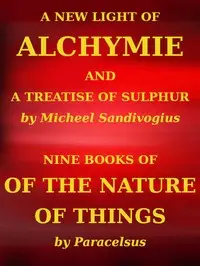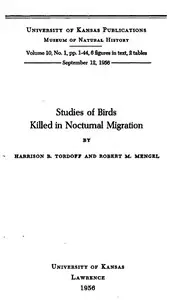"Micrographia" by Robert Hooke is a 17th-century publication about discovering a hidden world. The book carefully looks at tiny things through microscopes and shows what Hooke saw. He talks to the Royal Society at the beginning, showing that he is both interested and respectful of nature, and sets the stage for discussions of basic objects and their features, as he examines the magnified point of a needle. Hooke's keen observations and descriptions of minute details open a window to a complex universe hidden from the naked eye, sparking curiosity.
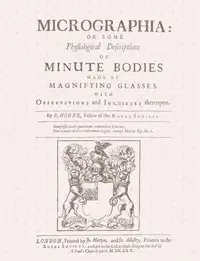
Micrographia Some Physiological Descriptions of Minute Bodies Made by Magnifying Glasses with Observations and Inquiries Thereupon
By Robert Hooke
Venture into a realm unseen, where everyday objects reveal extraordinary secrets under the lens of a microscope.
Summary
About the AuthorRobert Hooke was an English polymath who was active as a physicist, astronomer, geologist, meteorologist and architect. He is credited as one of the first scientists to investigate living things at microscopic scale in 1665, using a compound microscope that he designed. Hooke was an impoverished scientific inquirer in young adulthood who went on to become one of the most important scientists of his time. After the Great Fire of London in 1666, Hooke attained wealth and esteem by performing more than half of the property line surveys and assisting with the city's rapid reconstruction. Often vilified by writers in the centuries after his death, his reputation was restored at the end of the twentieth century and he has been called "England's Leonardo [da Vinci]".
Robert Hooke was an English polymath who was active as a physicist, astronomer, geologist, meteorologist and architect. He is credited as one of the first scientists to investigate living things at microscopic scale in 1665, using a compound microscope that he designed. Hooke was an impoverished scientific inquirer in young adulthood who went on to become one of the most important scientists of his time. After the Great Fire of London in 1666, Hooke attained wealth and esteem by performing more than half of the property line surveys and assisting with the city's rapid reconstruction. Often vilified by writers in the centuries after his death, his reputation was restored at the end of the twentieth century and he has been called "England's Leonardo [da Vinci]".

